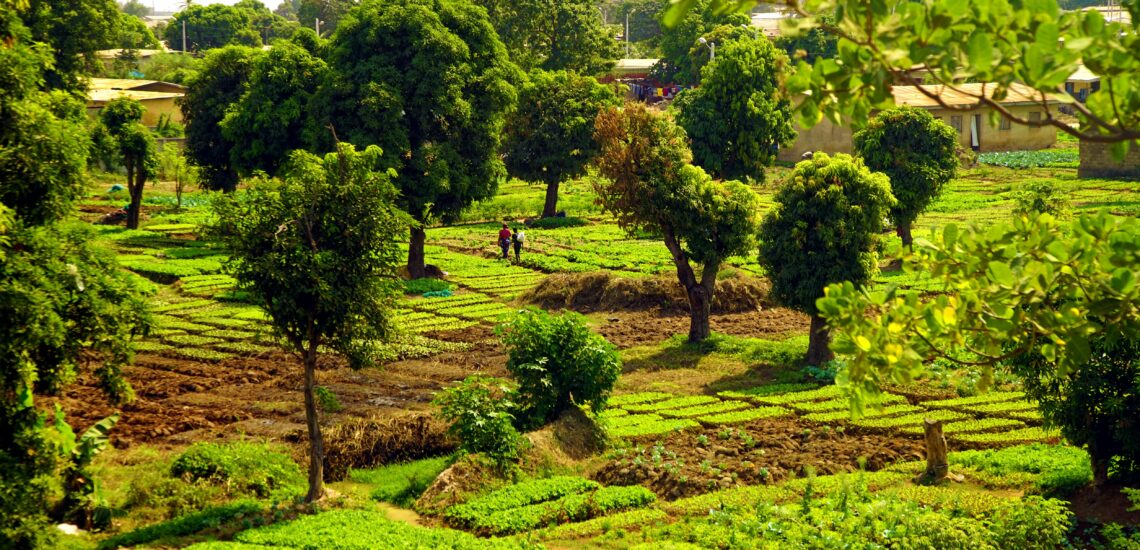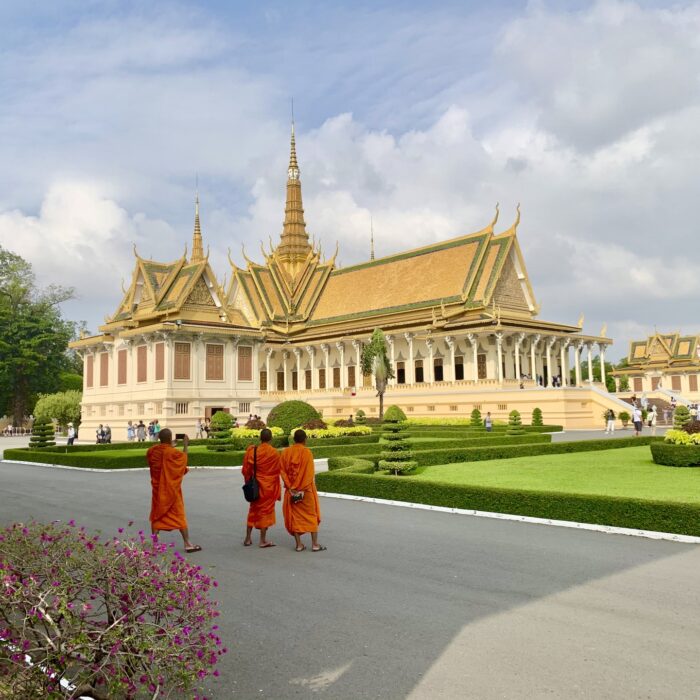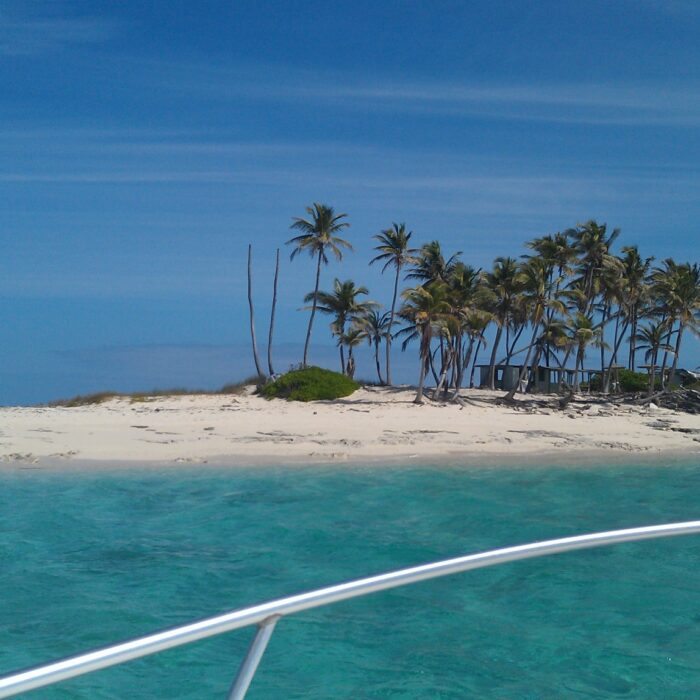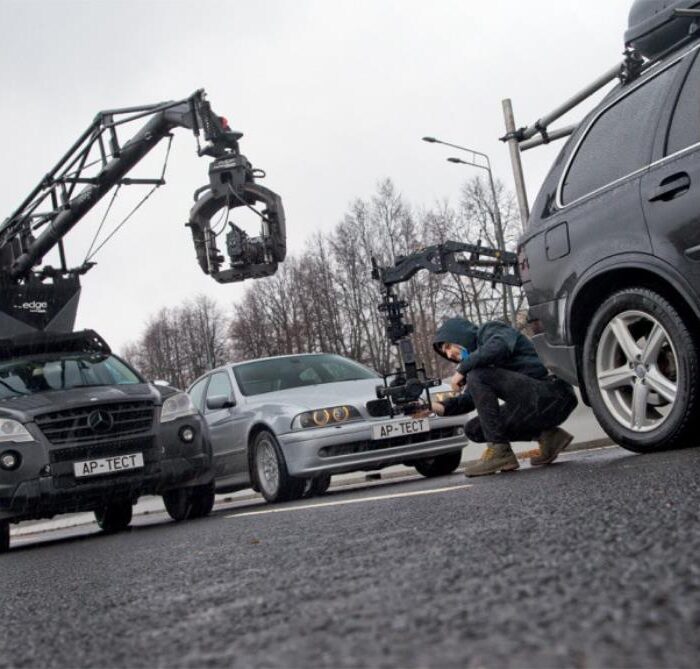Informazioni rapide sul Burkina Faso:
- Popolazione: Circa 23,5 milioni di persone.
- Capitale: Ouagadougou.
- Lingua ufficiale: Francese.
- Altre lingue: Più di 60 lingue indigene, tra cui il moore, il fulfulde e il dioula.
- Valuta: Franco CFA dell’Africa occidentale (XOF).
- Governo: Repubblica semipresidenziale (anche se negli ultimi anni ha conosciuto un’instabilità politica).
- Religioni principali: Islam e cristianesimo, oltre alle credenze tradizionali africane.
- Geografia: Paese senza sbocco sul mare dell’Africa occidentale, confina con il Mali a nord e a ovest, con il Niger a est, con il Benin a sud-est e con Togo, Ghana e Costa d’Avorio a sud. Il Burkina Faso ha un paesaggio prevalentemente di savana, con alcune regioni boscose e fiumi stagionali.
Fatto 1: I principali paesaggi del Burkina Faso includono le savane
Il Paese è caratterizzato principalmente da savane tropicali, che coprono ampie porzioni di terreno e ospitano una varietà di erbe, arbusti e alberi sparsi. Queste savane si dividono in due tipi principali: La Savana sudanese nel sud e la savana saheliana nel nord.
Nella zona della savana sudanese, che riceve maggiori precipitazioni, il paesaggio è più verde con una vegetazione più fitta, che comprende alberi di karité, baobab e acacie. La savana saheliana, nella parte settentrionale del Paese, è più arida, con una vegetazione rada ed erbe più corte adattate a condizioni più secche. Questa regione confina con il deserto del Sahara e la desertificazione è una sfida ambientale costante a causa delle precipitazioni limitate.
Il Burkina Faso presenta anche alcuni altri paesaggi degni di nota, come gli altopiani rocciosi e i fiumi stagionali (molti dei quali sono secchi per alcuni periodi dell’anno). Questi paesaggi diversificati supportano varie forme di agricoltura e fauna selvatica, in particolare nelle aree protette come il Parco nazionale di Arly e il Parco nazionale di W, che il Burkina Faso condivide con i vicini Benin e Niger.
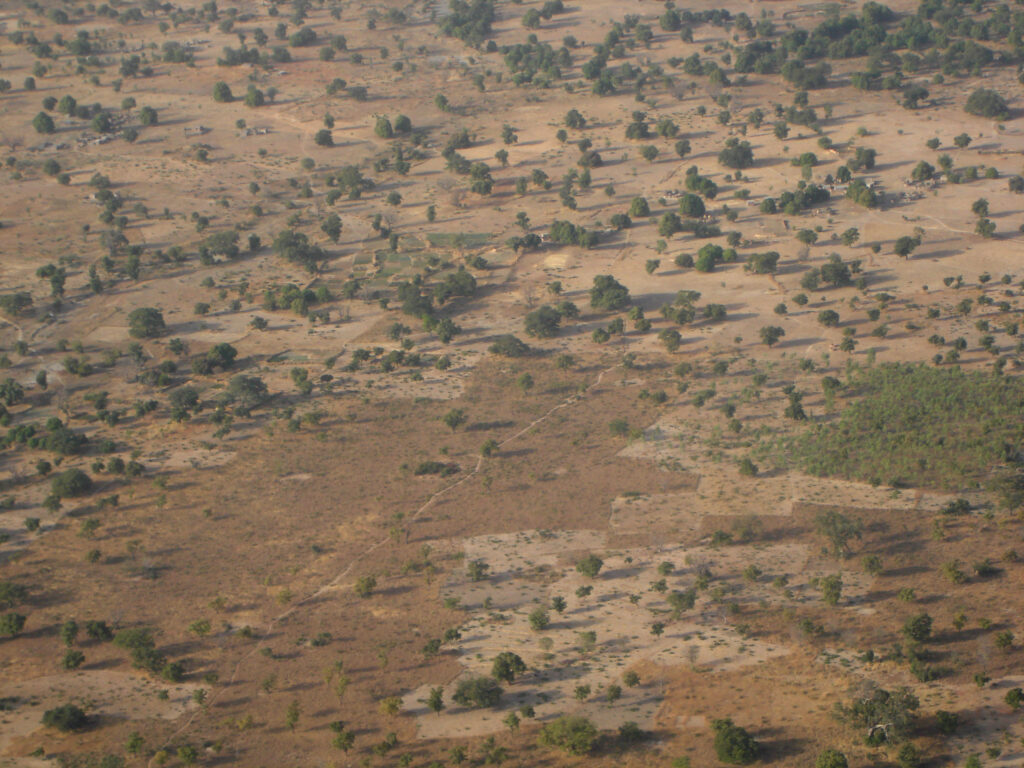
Fatto 2: il Burkina Faso ha vissuto una serie di colpi di Stato e di sconvolgimenti politici
Da quando ha ottenuto l’indipendenza dalla Francia nel 1960, il Burkina Faso ha dovuto affrontare numerosi colpi di stato militari e cambi di leadership. Una delle figure più importanti nella storia politica del Paese è stato Thomas Sankara, salito al potere con un colpo di Stato nel 1983, alla guida di un governo rivoluzionario incentrato sull’antimperialismo e sull’autosufficienza. Tuttavia, Sankara è stato assassinato nel 1987 in un altro colpo di Stato, guidato da Blaise Compaoré, che ha governato per 27 anni fino alla sua destituzione nel 2014.
Negli ultimi anni, il Burkina Faso ha lottato contro l’insicurezza e la violenza, in particolare a causa dell’ascesa di gruppi estremisti e dei conflitti armati nella regione del Sahel. Dal 2015, le insurrezioni islamiste e i conflitti locali sono aumentati, in particolare nelle regioni settentrionali e orientali del Paese, causando sfollamenti diffusi e sfide umanitarie. Questa instabilità ha influito sulle condizioni di sicurezza, con frequenti attacchi sia ai civili che agli obiettivi militari.
La situazione politica rimane fragile, con recenti prese di potere militari avvenute nel 2022. I problemi di sicurezza del Burkina Faso, uniti alla continua incertezza politica, lo rendono un ambiente difficile sia per i residenti che per i visitatori. Se state pianificando una visita in un Paese, controllate le linee guida del Ministero degli Affari Esteri del vostro Paese, verificate se avete bisogno di altri documenti oltre al visto, come la patente di guida internazionale per guidare in Burkina Faso, o se state visitando regioni pericolose occupatevi della sicurezza e della scorta.
Fatto 3: in Burkina Faso ci sono 3 siti patrimonio dell’umanità dell’UNESCO da visitare
Il Burkina Faso ospita tre siti Patrimonio dell’Umanità dell’UNESCO, ognuno dei quali riflette il ricco patrimonio storico e culturale del Paese:
- Le rovine di Loropéni: Iscritte nella lista del 2009, le rovine di Loropéni sono un insediamento fortificato nel sud-ovest del Burkina Faso, parte della più ampia regione culturale dei Lobi. Queste rovine in pietra risalgono a diversi secoli fa e sono associate al commercio trans-sahariano dell’oro, che si ritiene sia fiorito nella zona tra l’XI e il XIX secolo. Si tratta dei resti più ben conservati degli antichi insediamenti della regione, che evidenziano il ruolo storico del Burkina Faso nelle reti commerciali.
- Gli antichi siti di metallurgia ferrosa: Aggiunto nel 2019, questo sito comprende cinque località del Burkina Faso che conservano testimonianze dell’antica tecnologia di fusione del ferro. Questi siti, risalenti a oltre 2.000 anni fa, mostrano i primi progressi della regione nella metallurgia e le pratiche culturali legate alla produzione del ferro, che hanno svolto un ruolo cruciale nelle società locali.
- Complesso W-Arly-Pendjari (condiviso con Benin e Niger): Designato come patrimonio dell’umanità dall’UNESCO nel 1996, questo vasto sistema di parchi transfrontalieri si estende tra Burkina Faso, Benin e Niger. Noto per la sua biodiversità, il complesso W-Arly-Pendjari (WAP) ospita una serie di animali selvatici, tra cui elefanti, leoni, ghepardi e varie specie di uccelli. La parte burkinabé comprende il Parco nazionale di Arly, un habitat essenziale all’interno di questa più ampia area di conservazione.
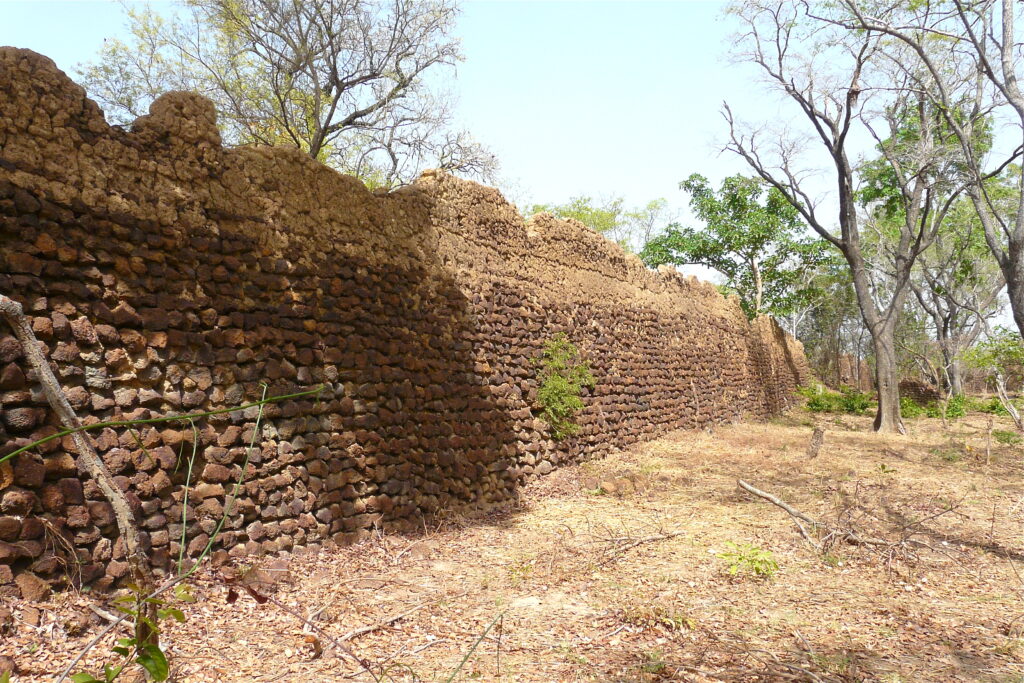
Fatto 4: il Burkina Faso aveva un nome diverso dopo l’indipendenza
Dopo aver ottenuto l’indipendenza dalla Francia nel 1960, il Burkina Faso si chiamava inizialmente Alto Volta. Il nome “Alto Volta” si riferiva al bacino superiore del fiume Volta, che attraversa il Paese.
Nel 1984, l’allora presidente Thomas Sankara cambiò il nome del Paese in Burkina Faso, che significa “Terra della gente onesta” nella lingua locale dei Mossi. Il cambio di nome rientrava nella più ampia visione di Sankara di promuovere l’identità e l’orgoglio nazionale e di allontanare il Paese dal suo passato coloniale.
Fatto 5: il Burkina Faso ha insolite moschee in stile saheliano
Il Burkina Faso è noto per le sue moschee in stile saheliano, che si distinguono per le loro caratteristiche architettoniche uniche e il loro significato culturale. Queste moschee sono costruite principalmente in adobe (argilla cotta al sole) e spesso presentano una combinazione di elementi architettonici tradizionali saheliani e islamici.
Uno degli esempi più famosi di architettura saheliana in Burkina Faso è la Grande Moschea di Bobo-Dioulasso, la seconda città più grande del Paese. Completata nel XIX secolo, questa moschea mostra i tradizionali metodi di costruzione in adobe, con minareti alti e slanciati e motivi decorativi che riflettono la cultura locale.
Un’altra moschea degna di nota è la Moschea Sankoré, nella città di Ouagadougou, anch’essa esemplificativa dello stile architettonico saheliano. Queste moschee hanno tipicamente travi di legno che sporgono dalle pareti e sono spesso adornate con disegni intricati, creando un aspetto visivamente sorprendente.
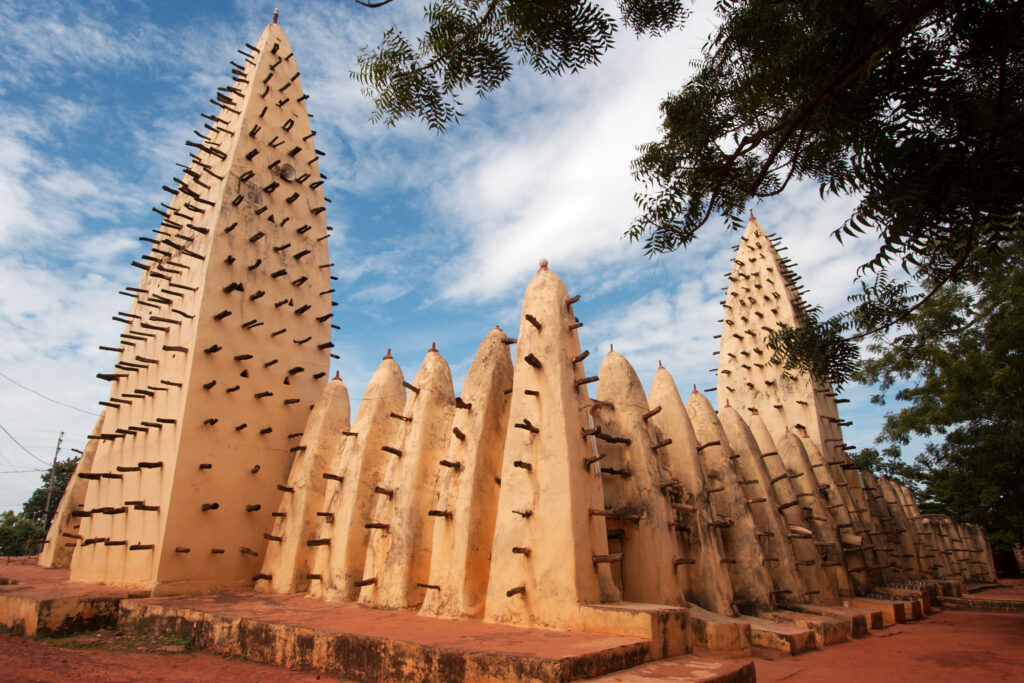
Fatto 6: il Burkina Faso è uno dei Paesi più poveri del mondo
Il Burkina Faso è uno dei Paesi più poveri del mondo, con circa il 40% della popolazione che vive al di sotto della soglia di povertà internazionale di 1,90 dollari al giorno, secondo la Banca Mondiale. L’economia si basa molto sull’agricoltura, che è vulnerabile ai cambiamenti climatici e alle sfide ambientali. Inoltre, il Burkina Faso deve affrontare problemi di instabilità politica e minacce alla sicurezza, che aggravano ulteriormente la povertà e limitano gli sforzi di sviluppo.
Fatto 7: Il Paese è tra i primi dieci per tasso di natalità ed età media della popolazione
Il Burkina Faso è tra i Paesi con il più alto tasso di natalità al mondo. Secondo recenti statistiche, ha un tasso di natalità di circa 37,6 nascite per 1.000 persone, che lo colloca tra i primi dieci a livello globale. Questo alto tasso di natalità contribuisce a una popolazione giovane, con un’età media di circa 18,5 anni, una delle più basse al mondo.
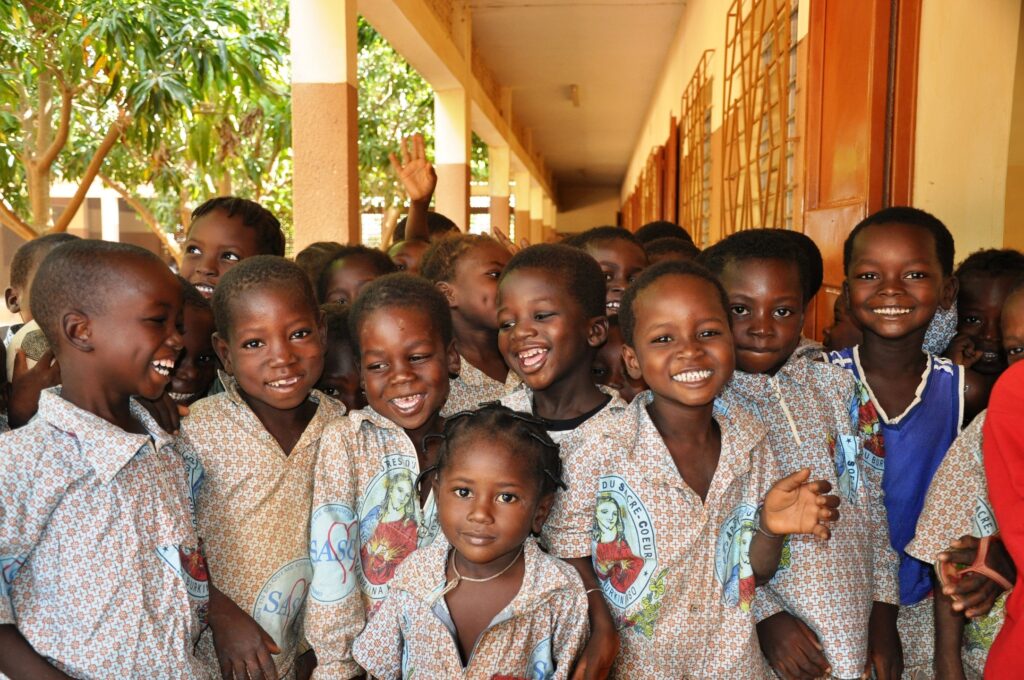
Fatto 8: A differenza dei Paesi vicini, il Burkina Faso ha poche risorse naturali
Pur disponendo di alcuni giacimenti minerari, tra cui l’oro, che rappresenta un’importante esportazione e ha stimolato la crescita economica, il Paese non dispone di riserve sostanziali di petrolio o gas naturale. Altri minerali, come il manganese e il calcare, sono presenti, ma non sono sfruttati in modo così estensivo come in alcuni Paesi vicini.
Fatto 9: I Mossi sono il principale gruppo etnico del Burkina Faso, ma ce ne sono decine di altri
I Mossi sono il gruppo etnico più numeroso del Burkina Faso e rappresentano circa il 40% della popolazione. Si trovano principalmente nella regione centrale del Paese e sono noti per le loro ricche tradizioni culturali e la loro organizzazione sociale.
Tuttavia, il Burkina Faso ospita una vasta gamma di gruppi etnici, con oltre 60 gruppi diversi riconosciuti. Alcuni dei gruppi etnici più importanti sono i Fula (Peul), i Gourmantché, i Lobi, i Bobo, i Kassena e i Gurma. Ognuno di questi gruppi ha la propria lingua, i propri costumi e le proprie pratiche culturali, che contribuiscono al ricco arazzo dell’identità nazionale del Burkina Faso.
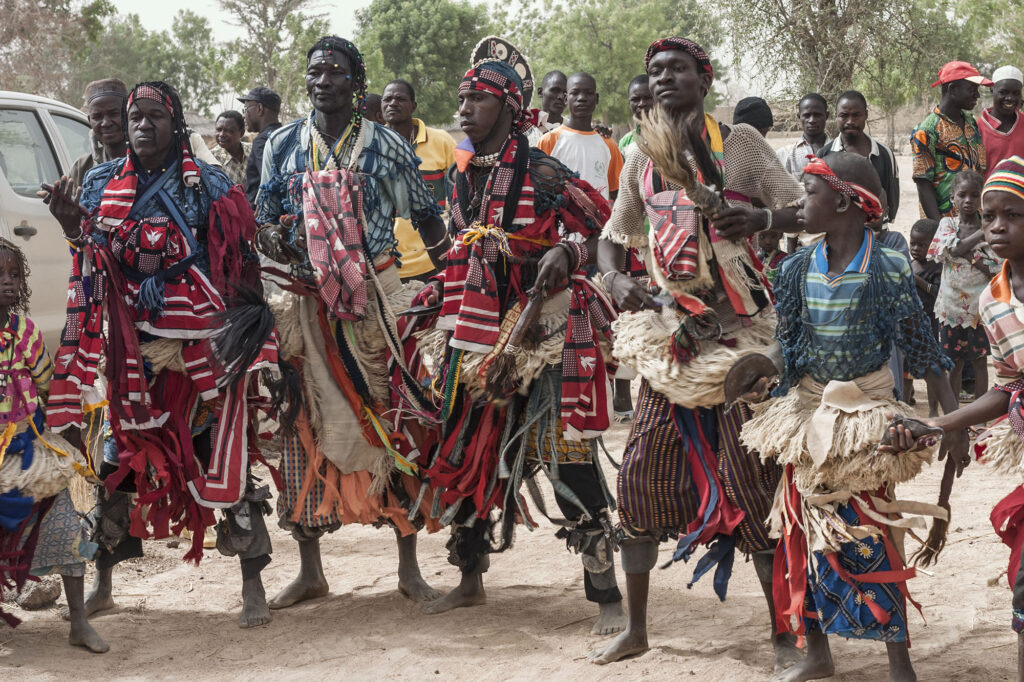
Fatto 10: il Burkina Faso ospita il più grande festival cinematografico dell’Africa
Il Burkina Faso ospita il più grande festival cinematografico dell’Africa, il FESPACO (Festival Panafricain du Cinéma et de la Télévision de Ouagadougou). Fondato nel 1969, il FESPACO si tiene ogni due anni nella capitale Ouagadougou ed è diventato un evento importante per l’industria cinematografica africana.
Il festival presenta un’ampia gamma di film provenienti da tutto il continente, promuovendo il cinema e la cultura africani. Offre ai registi una piattaforma per presentare il proprio lavoro, partecipare a dibattiti e fare rete con i professionisti del settore. Il festival prevede diverse categorie, tra cui lungometraggi, documentari e cortometraggi, e assegna il prestigioso Etalon d’Or (Stallone d’oro) al miglior film.

Pubblicato Novembre 03, 2024 • 8m da leggere

